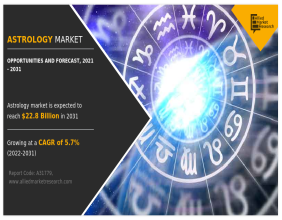Highlights
Operating income increased year-on-year in the first quarter, led by strong gains in Wealth Solutions and Global Banking.
Return on tangible equity improved while customer deposits expanded significantly during the reporting period.
Capital guidance for 2025 and 2026 remains intact, with continued focus on income expansion and disciplined returns.
In the international financial services sector, particularly across the FTSE 100 and Hang Seng indexes, Standard Chartered PLC reflects macroeconomic trends in emerging markets. The bank, listed under the ticker STAN, maintains a footprint spanning Asia, the Middle East, and Africa. As of the first quarter of 2025, the institution reported broad-based improvements in its financial performance, illustrating sustained strength across core banking units.
Strong Quarterly Momentum
Standard Chartered reported year-on-year growth in operating income, with figures exceeding market expectations. The bank also achieved a double-digit increase in underlying profit before tax, signaling enhanced performance efficiency. Key financial indicators such as earnings per share and return on tangible equity also showed upward movement. The improvement in return on tangible equity further indicated strengthened capital utilization across the group.
This progress reflected the strength of the bank’s operational model in volatile environments. The income trajectory benefited from consistent contributions across diverse markets and business lines.
Business Segment Expansion
A significant portion of the bank’s revenue surge was attributed to its Wealth Solutions and Global Banking segments. Wealth Solutions delivered the highest growth rate among business units, driven by greater engagement in investment products and insurance offerings. Global Banking also performed notably well, supported by increased corporate transactions and strategic deal activity.
Global Markets reported steady gains, benefitting from client trading activity and episodic market events. The bank’s diversified income sources allowed it to absorb fluctuations across regions and product categories while maintaining overall growth.
Expense Management and Income Stability
Total expenses rose modestly during the period, mainly due to continued investment in strategic priorities and inflationary pressures. However, the bank recorded efficiency improvements that mitigated the impact of rising costs. Both net interest and non-interest income rose compared to the previous year. When adjusted for one-off items, non-interest income showed a marked increase, reinforcing the sustainability of revenue streams beyond traditional lending.
Credit impairment charges also rose, primarily within the Wealth and Retail Banking unit, as repayment behavior was impacted by macroeconomic factors, including elevated interest rates. Despite this, the bank’s provisioning remained aligned with portfolio trends and historical norms.
Liquidity and Capital Position
The institution maintained a strong liquidity profile, with a substantial increase in customer deposits over the quarter. Total loans remained broadly unchanged, reflecting a cautious lending approach. The Common Equity Tier 1 capital ratio remained robust, even after executing a substantial share buyback program earlier in the year.
Executive leadership emphasized the ongoing strength of the group’s cross-border capabilities and reaffirmed its financial guidance through 2026. Expectations for income growth remain aligned with the higher end of the stated range. In parallel, capital distribution strategies are set to continue, reflecting a disciplined approach to managing shareholder returns and capital efficiency.





